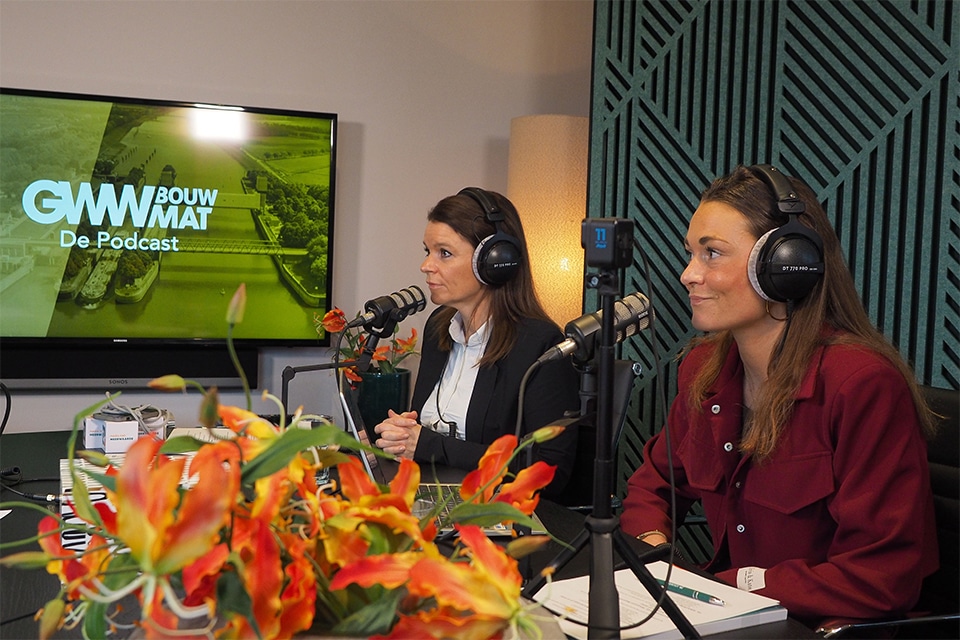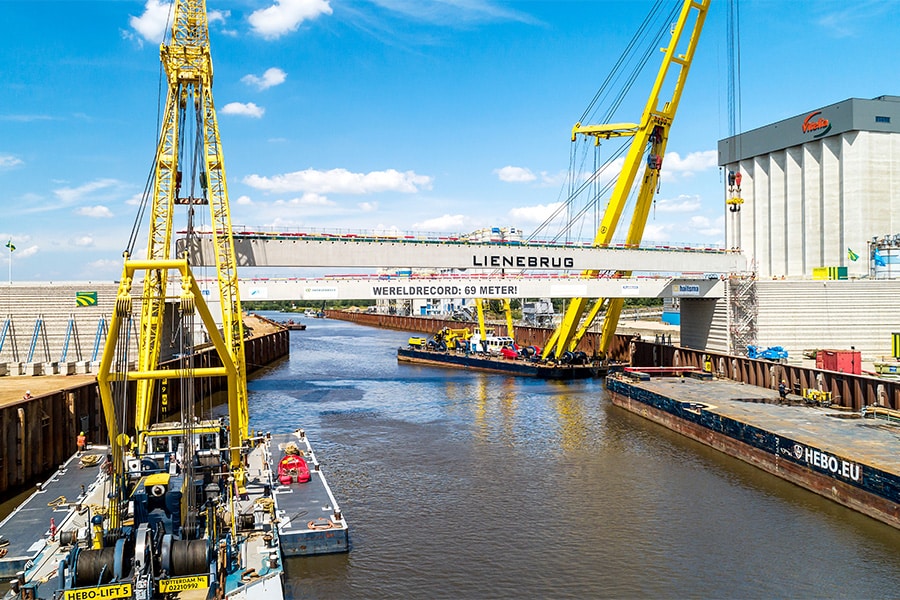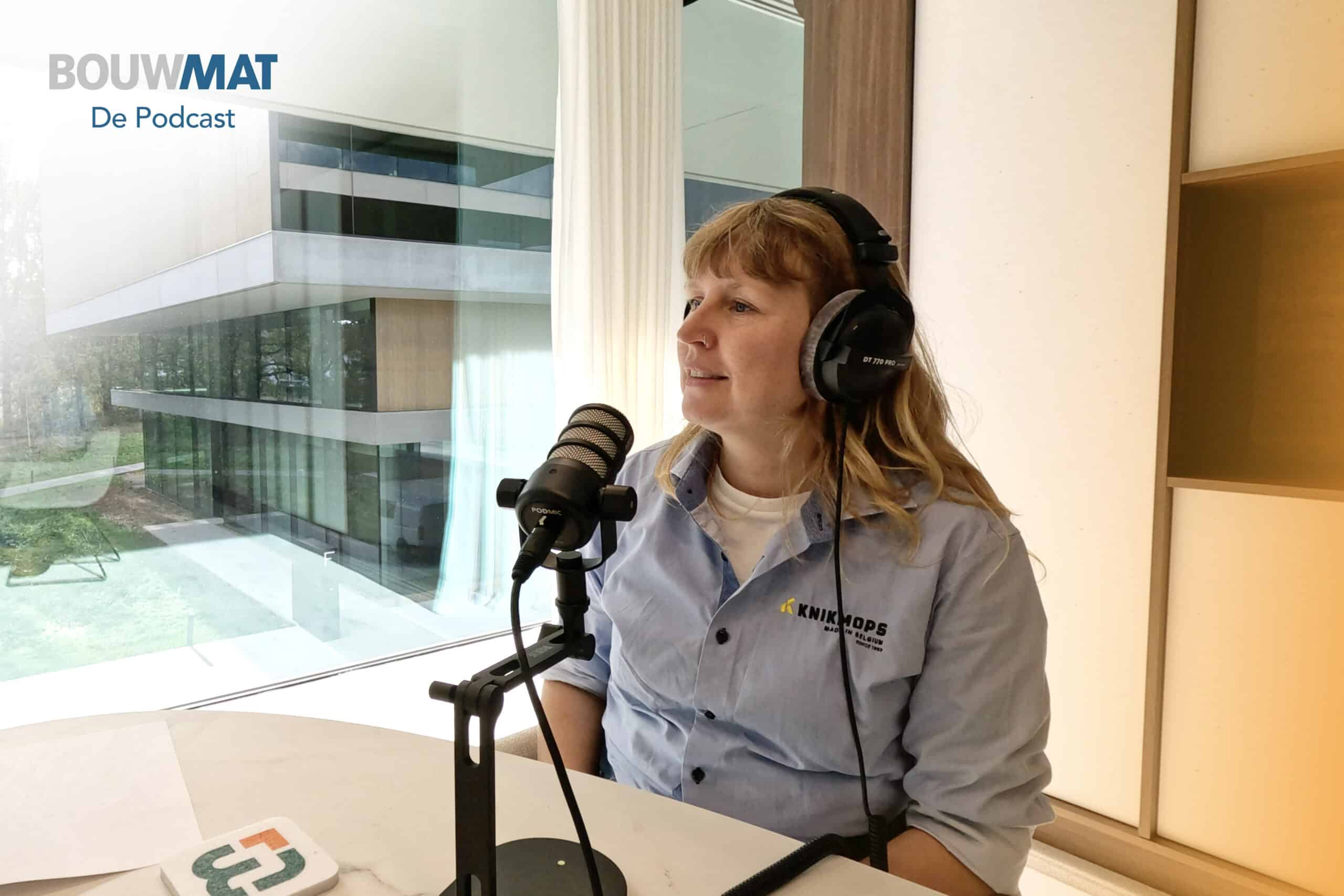
Run on Digital Twin from tunnels
For a road or rail operator, tunnels are in many cases a headache. They are often old and dated and the information about the equipment and structural condition usually dates back to the last century. Speaking is Nico Schaefers, founder and owner of GeoNext. He notices that in recent years Rijkswaterstaat and ProRail have been focusing more than average on digital mapping of the many tunnels in our country. And not without reason.

According to Schaefers, in order to guarantee circulation and safety in the coming decades, tunnels need to undergo major maintenance in the coming years. "Then it is important to have a precise picture of the current state of a tunnel, and whether any displacements or deformations have occurred." The latter may sound strange, but the Coentunnel, for example, has moved about 40 centimeters southward in 40 years. "That kind of information is crucial when you need to maintain and improve a tunnel."
Schiphol Tunnel
Last year, GeoNext accurately measured the Schiphol Tunnel as a substrate for the major maintenance to be performed on the tunnel. "Since its completion in 1978, the six-kilometer-long tunnel has not been measured," Schaefers knows. "ProRail asked us to make an exact copy of how the tunnel, consisting of two tubes and platforms, currently looks. The point, however, is that you can't 'just go in'. Measuring can only be done during an outage, a time when other parties are usually working. As you can imagine, it takes months of preparation to make sure the measuring goes smoothly. With the aid of special software, we have developed a geometric model so that we are well prepared on site. Nothing can go wrong during the measuring process, which tends towards military precision. Teams must know exactly from each other who is doing what, when and with what equipment."
Point cloud
Meanwhile, the entire tunnel, including platforms, has been measured with static scanners. "By standardizing the surveying and machining process, with all activities coordinated down to the smallest details, it was possible to carry out everything in a one-piece-flow," Schaefers looks back with appropriate pride. "All visible objects in the tunnel, such as the ventilators, signs, the track axis, ballast, cables and pipes, et cetera, were also accurately measured. The processing of all measurements was carried out integrally. In this way, we were able to produce a homogeneous point cloud of demonstrable quality. ProRail was therefore delighted with the final result. Contractors who are now starting work in the Schiphol Tunnel are using the measurement data we collected for the design and implementation plans. The great thing is that those contractors are now asking us to make a Digital Twin of the point cloud. Gathering data is one thing, making it applicable is a profession in itself."
In addition to ProRail, GeoNext is currently working on tunnels managed by the Department of Public Works, including a zinc tunnel. "In contrast to ProRail, Rijkswaterstaat does expect a fully developed Digital Twin," he says. This is being carried out by GeoNext together with Movares.




